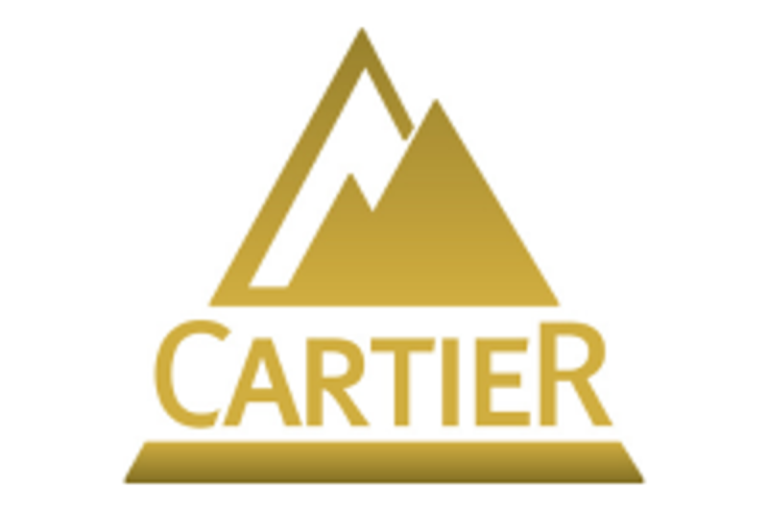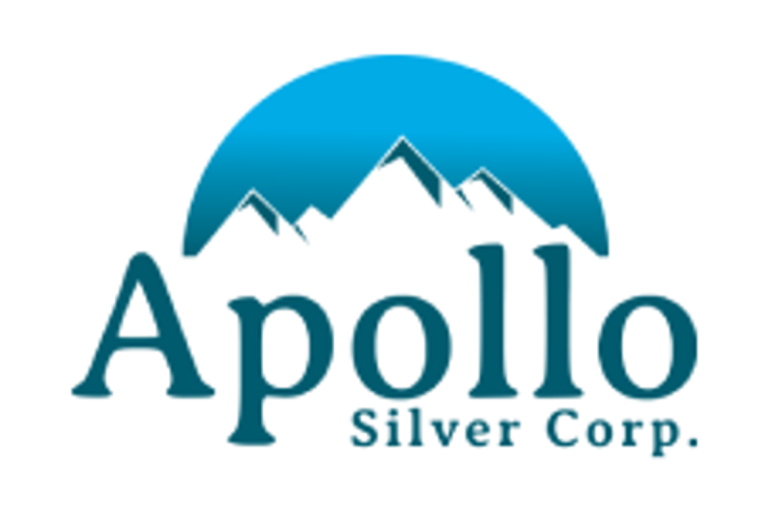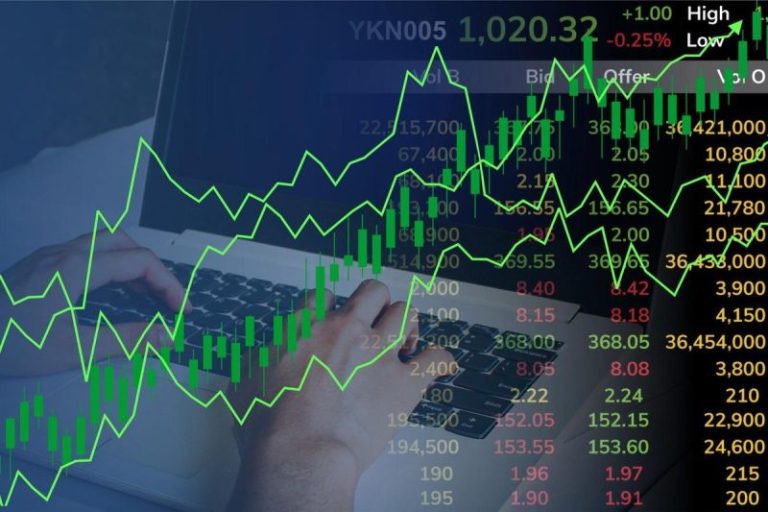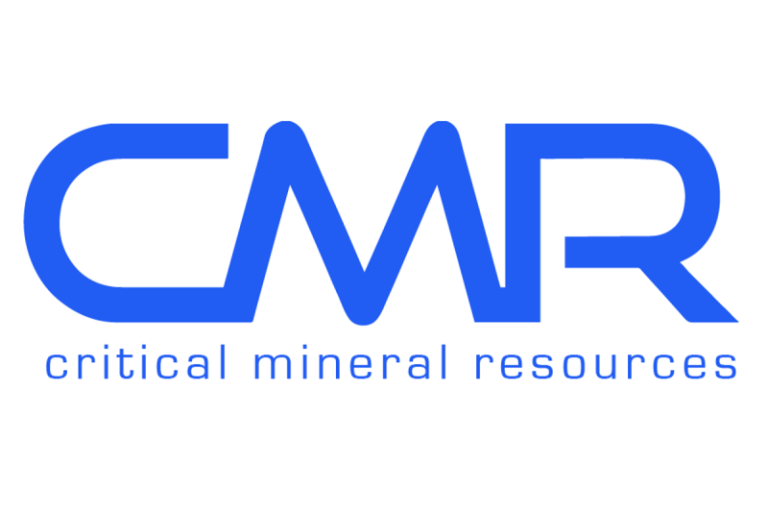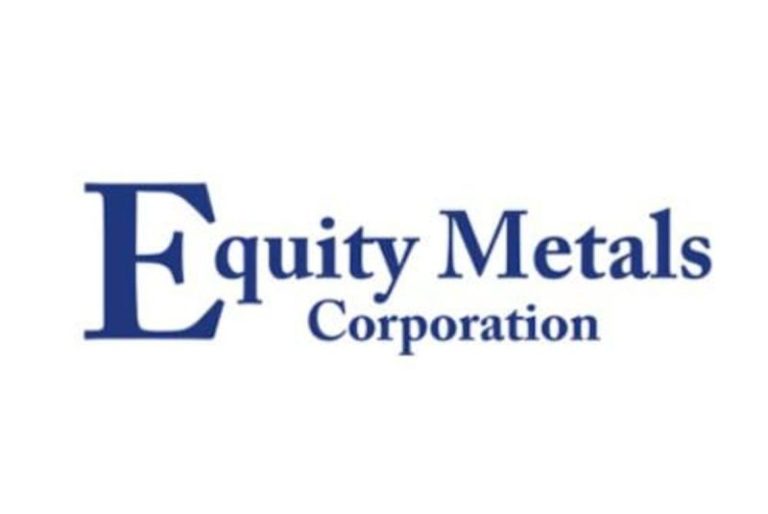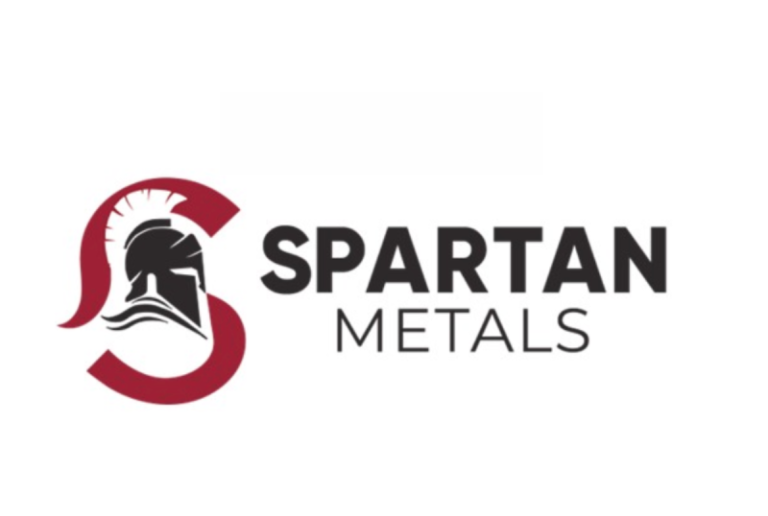Cartier Resources Inc. (″ Cartier ″ or the ″ Company ″) (TSXV: ECR,OTC:ECRFF; FSE: 6CA) is pleased to announce that metallurgical testwork program is underway on samples of the Main Sector from its Cadillac Project, located in Val-d’Or (Abitibi, Quebec). This work will be supervised by Soutex, a firm specializing in mineral processing and metallurgy, located in Quebec City (Quebec).
Methodology of the Metallurgical Testwork Program
A total of 388.7 kg of representative NZ-size half-drill core samples, which 92% of the samples come from holes drilled by Cartier between 2017 and 2023, has been collected from three gold deposits (Chimo, East Chimo and West Nordeau) of the Main Sector (Figure 1) and shipped to ALS Canada Ltd – Metallurgy Services in Kamloops, British Columbia; the details and process of which are provided below:
- Chimo Deposit: 126.1 kg (composites 1 & 2).
- East Chimo Deposit: 132.6 kg (composites 3 & 4).
- West Nordeau Deposit: 130.0 kg (composites 5 & 6).
Figure 1 : Geographic Location of the Composites
The preparation and testing process of the composites of the three deposits will be subject to cyanidation tests at three different grind sizes. After these tests, gravimetric concentration separation followed by a cyanide destruction tests of the gravity tails will be done at the grind size showing the best results. In addition to the metallurgical program, comminution test, as well as chemical and mineralogical characterization, will also be performed to define the grindability of the mineralized material and predict his behaviour in the process (Figure 2).
Figure 2 : Material Preparation and Testing Flowchart of the Composites
Key Objectives of the Program
- Defining expected gold recovery rates and improving upon historical results from the Chimo deposit.
- Establishing first-time metallurgical recovery data for the East Chimo and West Nordeau satellite deposits, where no previous data exists.
- Supporting the development of an integrated process flowsheet .
- Providing critical data for future trade-off studies to guide project development.
Results from the metallurgical testwork program are expected in Q1 2026 (Figure 3).
Figure 3 : Planned Test Schedule
Milestones of 2025-2027 Exploration Program
100,000 m Drilling Program (Q3 2025 to Q2 2027)
The ambitious 600-hole drilling program will both expand known gold zones and test new shallow surface high-potential targets. The objective is to unlock the camp-scale, high-grade gold potential along the 15 km Cadillac Fault Zone. It is important to note that Cartier’s recent consolidation of this large land holding offers the unique opportunity in over 90 years for unrestricted exploration.
Environmental Baseline Studies & Economic Evaluation of Chimo mine tailings (Q3 2025 to Q3 2026)
The baseline studies will be divided into two distinct parts which include 1) environmental baseline desktop study and 2) preliminary environmental geochemical characterization. The initial baseline studies will provide a comprehensive understanding of the current environmental conditions and implement operations that minimize environmental impact while optimizing the economic potential of the project. These studies will be supplemented by an initial assessment of the economic potential of the past-producing Chimo mine tailings to determine whether a quantity of gold can be extracted economically.
Qualified Person
The scientific and technical content of this press release has been prepared, reviewed and approved by Mr. Ronan Déroff, P.Geo., M.Sc., Vice President Exploration, who is a ″Qualified Person″ as defined by National Instrument 43-101 – Standards of Disclosure for Mineral Projects (″NI 43-101″).
About Soutex
Soutex is a consulting firm in mineral processing and metallurgy that offers specialized services, from the initial stages of development on paper to the daily operations of the processing plant. Their designs stem from their solid experience in providing plant operations support. This support is based on their knowledge of fundamental ore processing principles and their in-plant experience. Founded in 2000 and having offices in Canada (Quebec and Longueuil) and Germany (Munich), Soutex comprises more than 40 metallurgists, process engineers, and technicians, making it one of the largest groupings of specialists in the field in Canada. Services have been offered to clients located across Canada and abroad (West Africa, United States, Finland, New Caledonia, Suriname, and Madagascar).
About Cadillac Project
The Cadillac Project, covering 14,000 hectares along a 15-kilometre stretch of the Cadillac Fault, is one of the largest consolidated land packages in the Val-d’Or mining camp. Cartier’s flagship asset integrates the historic Chimo Mine and East Cadillac projects, creating a dominant position in a world class gold mining district. With excellent road access, year-round infrastructure and nearby milling capacity, the project is ideally positioned for rapid advancement and value creation.
Using a gold price of US$1,750/oz, a Preliminary Economic Assessment demonstrated the economic viability of a 2-km segment, compared to the 15 km that will be the subject of the 100,000 m drilling program, with an average annual gold production of 116,900 oz over a 9.7-year mine life. Indicated resources are estimated at 720,000 ounces (7.1 million tonnes at 3.1 g/t Au) and inferred resources at 1,633,000 ounces (18.5 million tonnes at 2.8 g/t Au). Please see the NI 43-101 ″Technical Report and Preliminary Economic Assessment for Chimo Mine and West Nordeau Gold Deposits, Chimo Mine and East Cadillac Properties, Quebec, Canada, Marc R. Beauvais, P.Eng., of InnovExplo Inc., Mr. Florent Baril of Bumigeme and Mr. Eric Sellars, P.Eng. of Responsible Mining Solutions″ effective May 29, 2023.
About Cartier Resources Inc.
Cartier Resources Inc., founded in 2006 and headquartered in Val-d’Or (Quebec) is a gold exploration company focused on building shareholder value through discovery and development in one of Canada’s most prolific mining camps. The Company combines strong technical expertise, a track record of successful exploration, and a fully funded program to advance its flagship Cadillac Project. Cartier’s strategy is clear: unlock the full potential of one of the largest undeveloped gold landholdings in Quebec.
For further information, contact:
Philippe Cloutier, P. Geo.
President and CEO
Telephone: 819-856-0512
philippe.cloutier@ressourcescartier.com
www.ressourcescartier.com
Neither TSX Venture Exchange nor its Regulation Services Provider (as that term is defined in policies of the TSX Venture Exchange) accepts responsibility for the adequacy or accuracy of this release.
Photos accompanying this announcement are available at:
https://www.globenewswire.com/NewsRoom/AttachmentNg/1858495b-72ed-4b77-a5bf-e47428aed8da
https://www.globenewswire.com/NewsRoom/AttachmentNg/a9b5fdb0-cf7f-4d4e-8362-bb70e1e27572
https://www.globenewswire.com/NewsRoom/AttachmentNg/ae6cbada-64f4-4610-ad98-fa90ea5bb903
News Provided by GlobeNewswire via QuoteMedia

